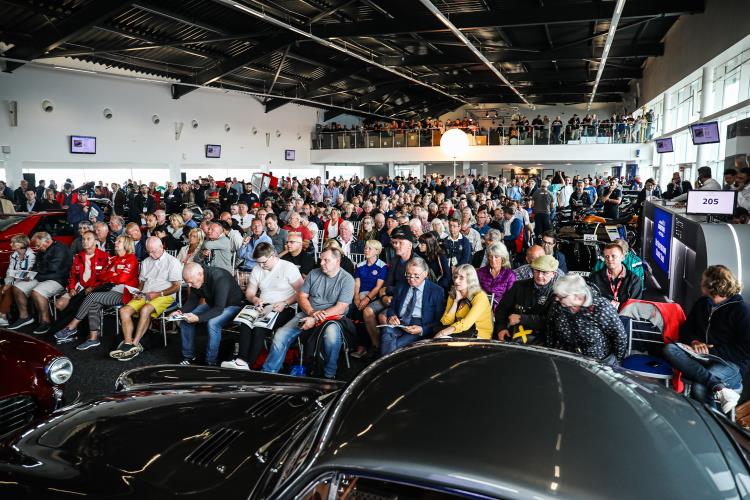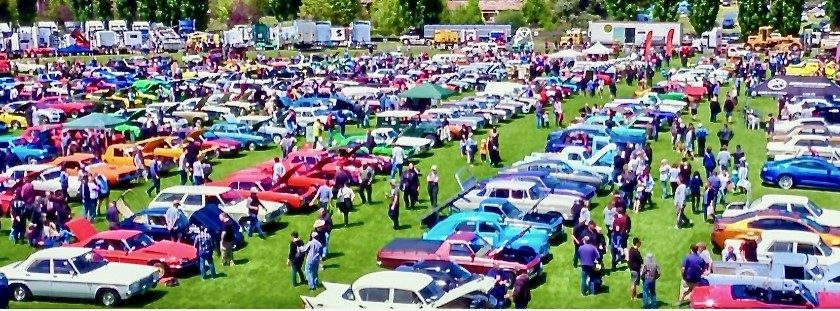THE OWNERS OF AUSTRALIA’S HISTORIC vehicles spend some $9.9 billion each year on their passion, according to a new survey.
The Economic Value Study (EVS) of well over 6000 Australian respondents, distributed to over 800 motoring clubs nationally, was conducted for the Australian Motor Heritage Foundation (AMHF) by The Mercurius Group (TMG). The AMHF is Australia’s custodians of motor knowledge, and an organisation dedicated to preserving Australia’s motoring history.
The enthusiast owners of an estimated 970,000 historic vehicles in Australia spend on average $10,240 per vehicle annually, around 12.5 percent more than people who own daily driven cars. The historic vehicle fleet represents 4.4 percent of Australia’s 21 million total vehicle fleet. Around 50 percent of the survey respondents own only one historic vehicle, the other 50 percent owning two or more vehicles.” Historic” vehicles are in two categories: those 15 to 30 years old defined as “classic” vehicles and those over 30 years old defined as “heritage” vehicles.
Such a survey has never been comprehensively done on so wide a scope or on a national basis in Australia. Following publication of the similar landmark 2020 HERO-ERA study in the UK, the AMHF decided to find out what the real figure for the economic contribution of historic vehicles was for Australia.
“The findings of this report have certainly highlighted the significance of the historic vehicle sector to both the community at large and the economic sector,” says Hugh King, Chairman of the AMHF.
“The response from Australia’s motoring club members has been unprecedented: the economic modellers at TMG have never had so large a data pool to work with, proving motoring enthusiasts care as passionately about their historic vehicles as they do having their voices heard. In carrying out this study, we have shown that the historic vehicle movement is a large and vibrant part of Australia’s society and economy.”

The survey also reveals the total annual economic impact including both direct and indirect secondary expenditure is $25.2 billion, with the sector creating almost 79,000 jobs – 42,000 direct and 37,000 indirect. These jobs generate $6.2 billion in wages and salaries annually. These are very large numbers by any standard.
Stavros Yallouridis, CEO of the Motor Traders’ Association of NSW (MTA NSW), said the AMHF’s survey gave yet more irrefutable evidence of the significant contribution of the automotive sector in the broader Australian economy.
“Despite the end of local vehicle manufacturing, Australia maintains a rich and diverse automotive industry, which employs hundreds of thousands of people across a range of roles,” Mr. Yallouridis said.
“The automotive sector is one of the backbones of our economy and is also at the heart of our communities. This survey, and the enthusiastic response, highlights the necessity for Australia to back its automotive sector with world-class training, local skills development and career pathways,” he continued.
